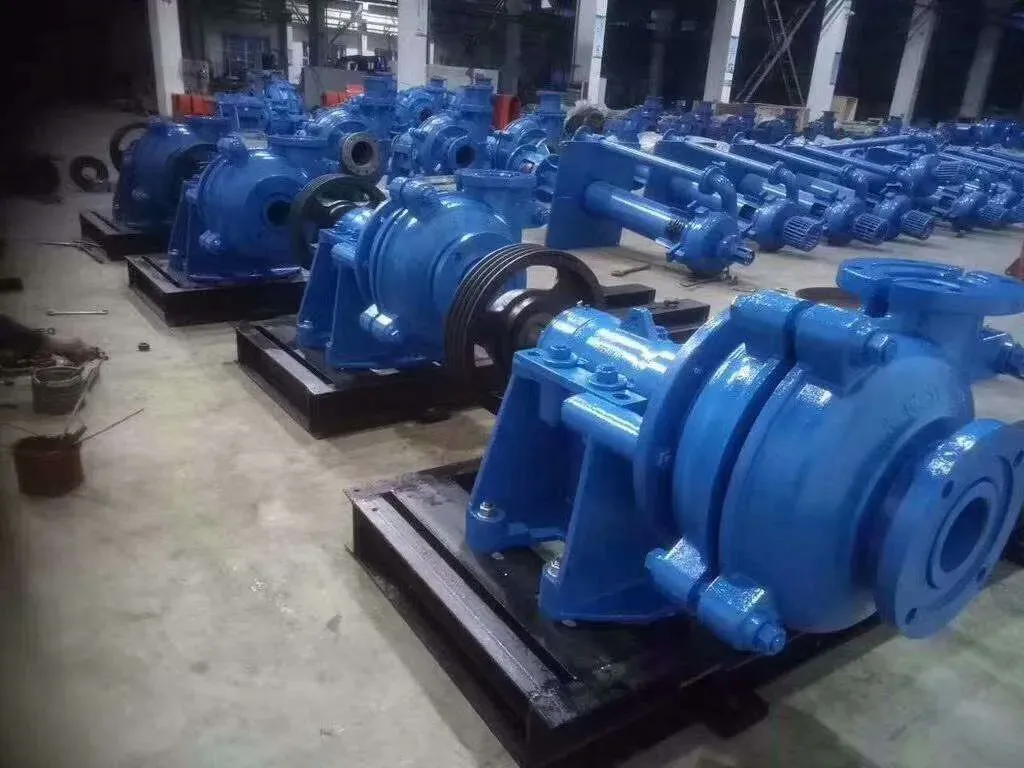Pashto
- Afrikaans
- Albanian
- Amharic
- Arabic
- Armenian
- Azerbaijani
- Basque
- Belarusian
- Bengali
- Bosnian
- Bulgarian
- Catalan
- Cebuano
- Corsican
- Croatian
- Czech
- Danish
- Dutch
- English
- Esperanto
- Estonian
- Finnish
- French
- Frisian
- Galician
- Georgian
- German
- Greek
- Gujarati
- Haitian Creole
- hausa
- hawaiian
- Hebrew
- Hindi
- Miao
- Hungarian
- Icelandic
- igbo
- Indonesian
- irish
- Italian
- Japanese
- Javanese
- Kannada
- kazakh
- Khmer
- Rwandese
- Korean
- Kurdish
- Kyrgyz
- Lao
- Latin
- Latvian
- Lithuanian
- Luxembourgish
- Macedonian
- Malgashi
- Malay
- Malayalam
- Maltese
- Maori
- Marathi
- Mongolian
- Myanmar
- Nepali
- Norwegian
- Norwegian
- Occitan
- Pashto
- Persian
- Polish
- Portuguese
- Punjabi
- Romanian
- Russian
- Samoan
- Scottish Gaelic
- Serbian
- Sesotho
- Shona
- Sindhi
- Sinhala
- Slovak
- Slovenian
- Somali
- Spanish
- Sundanese
- Swahili
- Swedish
- Tagalog
- Tajik
- Tamil
- Tatar
- Telugu
- Thai
- Turkish
- Turkmen
- Ukrainian
- Urdu
- Uighur
- Uzbek
- Vietnamese
- Welsh
- Bantu
- Yiddish
- Yoruba
- Zulu
Telephone: +86 13120555503
Email: frank@cypump.com
Nov . 05, 2024 21:42 Back to list
axial water pump
Understanding Axial Water Pumps Functionality and Applications
Axial water pumps are a vital component in various industrial applications, providing efficient pumping solutions for transporting large volumes of water. Characterized by their unique design, these pumps utilize a propeller mechanism to move water along the axis of the pump body. This article will delve into the workings, advantages, and typical applications of axial water pumps.
How Axial Water Pumps Work
At the heart of an axial water pump is a propeller mounted on a shaft situated within a cylindrical casing. When the pump operates, the motor drives the shaft, causing the propeller to rotate. As the blades of the propeller turn, they generate lift, pulling water from the inlet and pushing it out through the discharge outlet. This design allows the axial water pump to move high volumes of water efficiently and is particularly advantageous in situations where low pressure is sufficient.
The flow direction is parallel, or axial, to the shaft of the pump, hence the name axial pump. This contrasts with centrifugal pumps, where the flow is radial, meaning the water is pushed outward from the center of the pump. As a result, axial pumps are often utilized when large flow rates are crucial, and the pressure requirements are relatively low.
Advantages of Axial Water Pumps
1. High Efficiency Axial water pumps are renowned for their efficiency in handling large quantities of water. They can achieve higher flow rates than centrifugal pumps, making them the preferred choice in applications requiring substantial water movement.
2. Low Energy Consumption Due to their design and the nature of their operation, axial pumps consume less energy compared to other types of pumps, especially when they need to move large volumes of liquid steadily.
3. Compact Size The design of axial pumps often allows for a more compact and lightweight construction compared to centrifugal models. This makes them easier to install and integrate within various systems without requiring excessive space.
4. Versatility Axial water pumps can be used in a diverse range of applications, from irrigation and drainage to cooling systems in power plants and aquaculture systems.
axial water pump

Typical Applications
Axial water pumps are widely used across different sectors due to their unique advantages. Here are some common applications
- Irrigation Systems In agriculture, axial pumps are crucial for transferring water from rivers, lakes, or wells to irrigate fields. Their ability to move large amounts of water at low pressures makes them ideal for agricultural irrigation.
- Cooling Systems In power generation and industrial facilities, axial pumps are often employed in cooling towers to circulate water. Their efficiency ensures consistent cooling, thus maintaining operational effectiveness.
- Water Treatment Municipal water treatment plants utilize axial pumps to move water through various stages of purification and filtration. The ability to handle large volumes of water efficiently is crucial in these facilities.
- Aquaculture In fish farming and other aquaculture practices, axial pumps help move water to maintain optimal conditions for aquatic life. Ensuring a constant flow of oxygenated water is vital for the health and growth of fish and other aquatic organisms.
- Flood Control and Drainage Axial water pumps are instrumental in managing floodwaters and draining excess water from low-lying areas. Their design enables them to pump out water quickly, making them essential in emergency management situations.
Conclusion
Axial water pumps play a crucial role in many industries by providing an efficient means of transporting water. Their high efficiency, low energy consumption, and versatility make them an ideal choice for applications requiring large flow rates. As industries continue to evolve, the relevance of axial water pumps is likely to grow, further supporting advancements in water management and resource efficiency. Understanding the functionality and applications of these pumps is essential for those involved in water system design and management, ensuring that the right pumping solutions are employed for various needs.
-
Horizontal Split Case Pump with GPT-4 Turbo | High Efficiency
NewsAug.01,2025
-
ISG Series Pipeline Pump - Chi Yuan Pumps | High Efficiency, Durable Design
NewsAug.01,2025
-
Advanced Flue Gas Desulfurization Pump with GPT-4 Turbo | Durable & Efficient
NewsJul.31,2025
-
ISG Series Vertical Pipeline Pump - Chi Yuan Pumps | Advanced Hydraulic Design&Durable Construction
NewsJul.31,2025
-
ISG Series Vertical Pipeline Pump - Chi Yuan Pumps | Energy Efficient & Low Noise
NewsJul.31,2025
-
pipeline pump - Chi Yuan Pumps Co., LTD.|High Efficiency&Low Noise
NewsJul.31,2025










